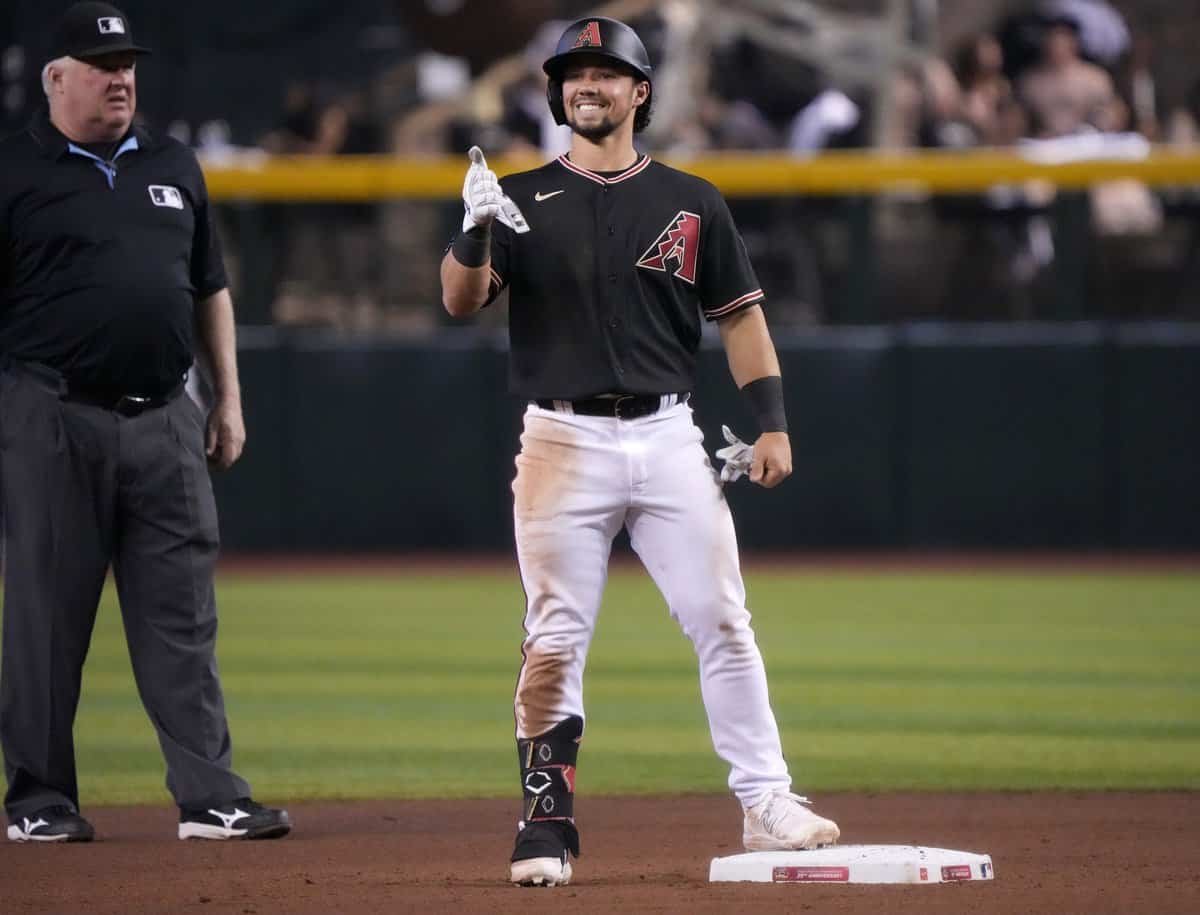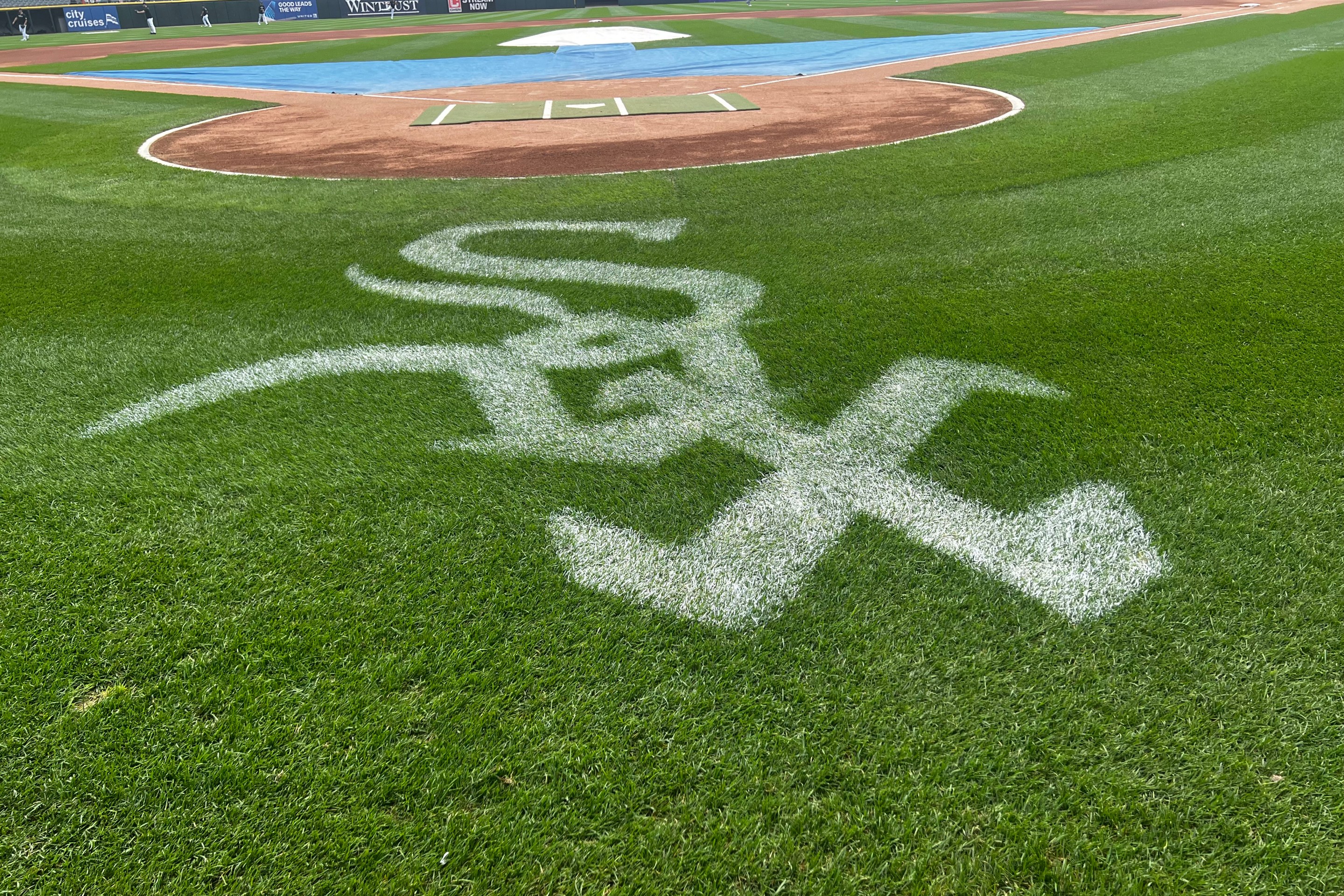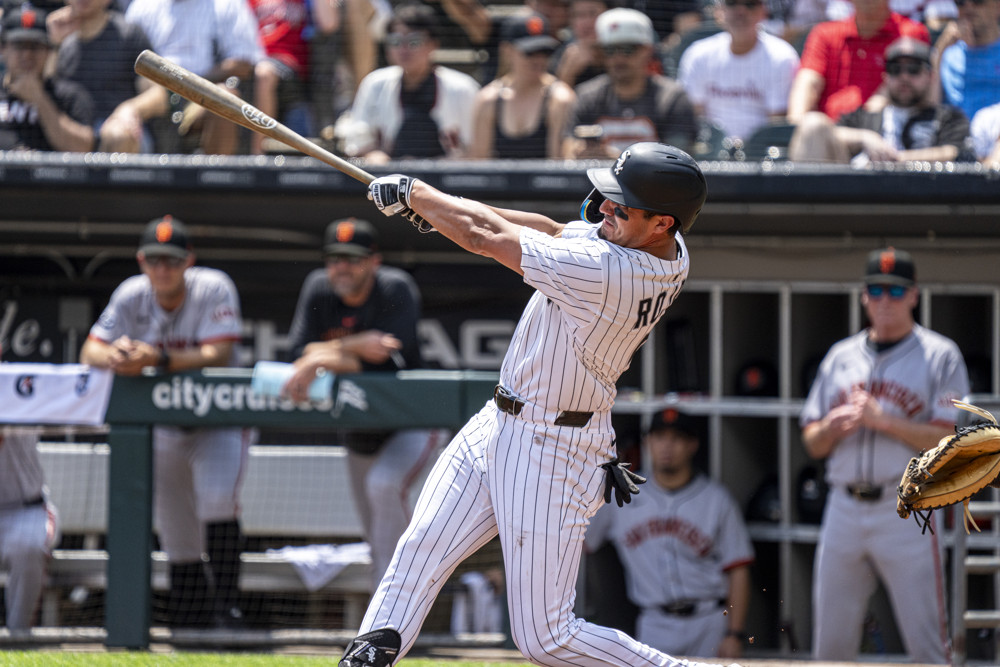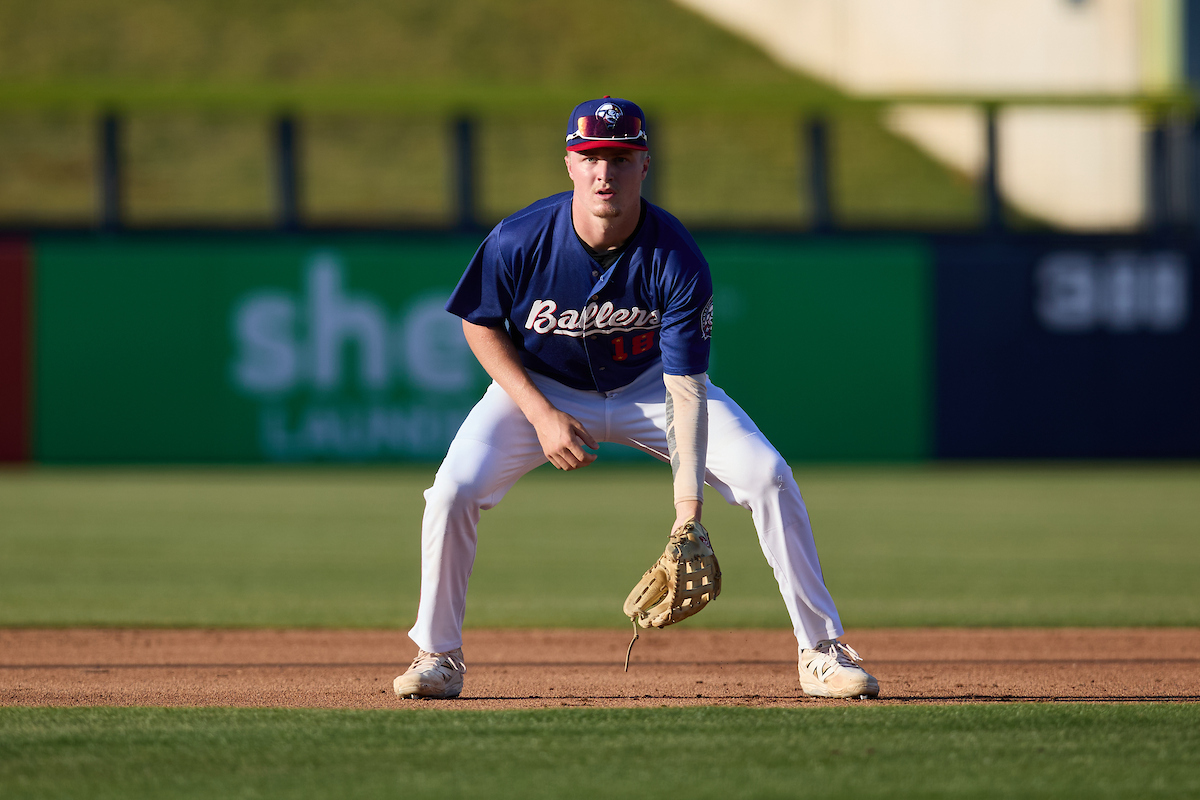PHOENIX -- Manager Pedro Grifol likes to tout how much open competition there is for spots at his camp, but general manager Chris Getz said what we were all assuming about the White Sox right field job at Cactus League media day earlier this month.
"[Dominic] Fletcher, he has a leg up," Getz said. "Considering where he’s at in his career, the body of work in the minor leagues. He got a taste of the big leagues and had some success. I think our depth is really improved in the outfield. But Dom’s going to get a strong look."
Even after a .301/.350/.441 debut with the Diamondbacks last year, Fletcher often gets marked with the dreaded 'tweener label by evaluators, speaking more to skepticism about power potential than his ability to cover center field. But the Sox viewed acquiring Fletcher and giving him playing time as worth losing Cristian Mena, a beloved homegrown pitching prospect whose makeup and coachability placed him in higher regard than his below-average fastball (which might be in the process of shedding that label).
"We targeted him in the early offseason," assistant general manager Josh Barfield said of Fletcher, while downplaying a need for a boost in power to lift his profile. "We were trying to get a little more left-handed, he brings above-average defense at really all three [outfield spots], gets on base. He does a lot of things. There are things everybody can continue to work on but we don't him to lose those things he does well."
For a White Sox fan not intense enough to pay subscription fees for a blog, that could be where the relevant portion of the story ends.
This team hasn't had their primary right fielder post so much as a .340 on-base percentage since Avisaíl García in 2017, so they shedded a potential rotation piece for someone they hope can do that while fitting their exciting new ethos of catching the ball. Maybe if anyone can challenge Kevin Pillar to be Fletcher's right-handed platoon partner is the real spring competition.
With the Sox acquiring Fletcher and Zach DeLoach on the same day at the start of the month, and with the recent addition of Mike Moustakas as a non-roster invite in the lefty power bat category, Gavin Sheets and Oscar Colás went from combining for over 600 big league plate appearances of sub-.600 OPS production last season to being at grave risk for starting the year at Triple-A Charlotte.
"I know I have to do my work and it doesn’t matter where," Colás said through an interpreter, while still conveying disagreement with the premise of the question that he's destined to end up in Charlotte to start the year. "In the minor leagues or the major leagues, I have to do my work."
While Getz has specifically indicated that a more proper graduation from Triple-A than he ever got last season is likely required from Colás, the depth chart and a remaining minor league option is the only explicit writing on the wall for Gavin Sheets.
"With the new regime and Getzy in here, obviously you've got something to prove," Sheets said. "Everybody's trying to prove their role and be a part of this thing in the long-term. And obviously, I need to improve on last year. If I have another year like last year, it won't be much longer."
Sheets has never loved to get too wrapped up into discussions of hitting mechanics, and that figures to kick into overdrive after a .178/.223/.271 line post All-Star break. The 27-year-old admitted he struggled to maintain any rhythm at the plate as his playing time grew more scattered, and now describes that period as a regrettable descent into tinkering with his swing. Knowing that producing off the bench is something he will have to do to earn his keep, Sheets wanted to get his swing to a place where he could set it and forget it by the start of spring.
"Last year I got stuck tinkering so much in my swing, I lost my competitive nature at the plate and was worried too much about mechanics and certain swings," Sheets said. "I didn't make it about me versus the pitcher, it was me versus myself all year."
Whereas Sheets has posted increasingly promising plate discipline numbers while his ability to cash in with hard contact waned, almost all of Colás' offensive issues stem from chasing out of the zone, making him an intriguing reclamation project to rival teams if the Sox ever reach exhaustion with the 25-year-old. Colás said he spent the winter working with a private hitting coach on swing decisions, but the forces he describes waging war with sound almost existential.
"The biggest takeaway from me was to control my anxiety," Colás said through an interpreter. "You have to learn how to control all that and just keep the speed of the game the same as it is. You don’t need to speed up the game, or be faster than the game. Be at the same speed of the game."
The burden on both of their bats is seemingly increased by the White Sox stocking a collection of credible defenders at the position that they have previously not enjoyed. Sheets' foot speed limits him from providing average range in right, and while Colás has the physical tools necessary, a full season focused on development still looks like it would benefit him on both sides of the ball. If Fletcher falters or is unavailable due to injury, there's a compelling argument to be made that the best use of an extended slate of playing time would be exploring what they have in the 25-year-old DeLoach.
Not any taller than his 6-foot-even listing, DeLoach offers more the assurance of average tools across the board than massive raw power. If anything, with his constant focus on catching the ball out front, driving it in the air to his pull side, and his love of machine training to practice against velocity and movement more intense than what he faces in live games, maybe a more pressing question with him is what means are left to maximize his skill set.
"The more live reps, the faster I can be and exaggerate that in practice, it's just going to show up in the game," DeLoach said. "You always want to be challenged so that the thing you're doing every day becomes easier. Even in-season, I'm always trying to look for something, whether it be soft foam balls that have crazy spin or look crazy coming out of the machine, just recognizing it and be able to feel like I'm there. Then whenever you start to consistently hit it, then I feel like I can start to hit a real baseball and it's going to look like a beach ball in the game."
DeLoach has been focused on adding strength, out of the general concern that when he adds effort to a swing with explicit goals of pull-side loft, that's when his stroke can acquire too much of an uppercut plane. But even if that doesn't work to trim the 27.8 percent strikeout rate he posted last season, DeLoach has over 600 plate appearances of being a productive hitter in Triple-A (.286/.387/.481, 23 homers), and has pretty much nowhere to go at this point developmentally, than seeing how well it works in the majors.
"It sounded like they were looking for some impact guys to really come in and make a difference," DeLoach said of getting dealt to the Sox. "I'm hoping that I can be one of the leaders on the team. We're all leaders in the clubhouse."
Baseball is such that Sheets and certainly Colás can prove they belong as long as they're around. But the White Sox don't have a better use of their right field reps than to find out what's up with Fletcher and DeLoach this season, and simply put, that's why they made the trades.
"We need to find out what they’re capable of doing on a regular basis at the major league level," Getz said of his roster. "That will provide clarity on where we need to go and how we improve moving forward."





